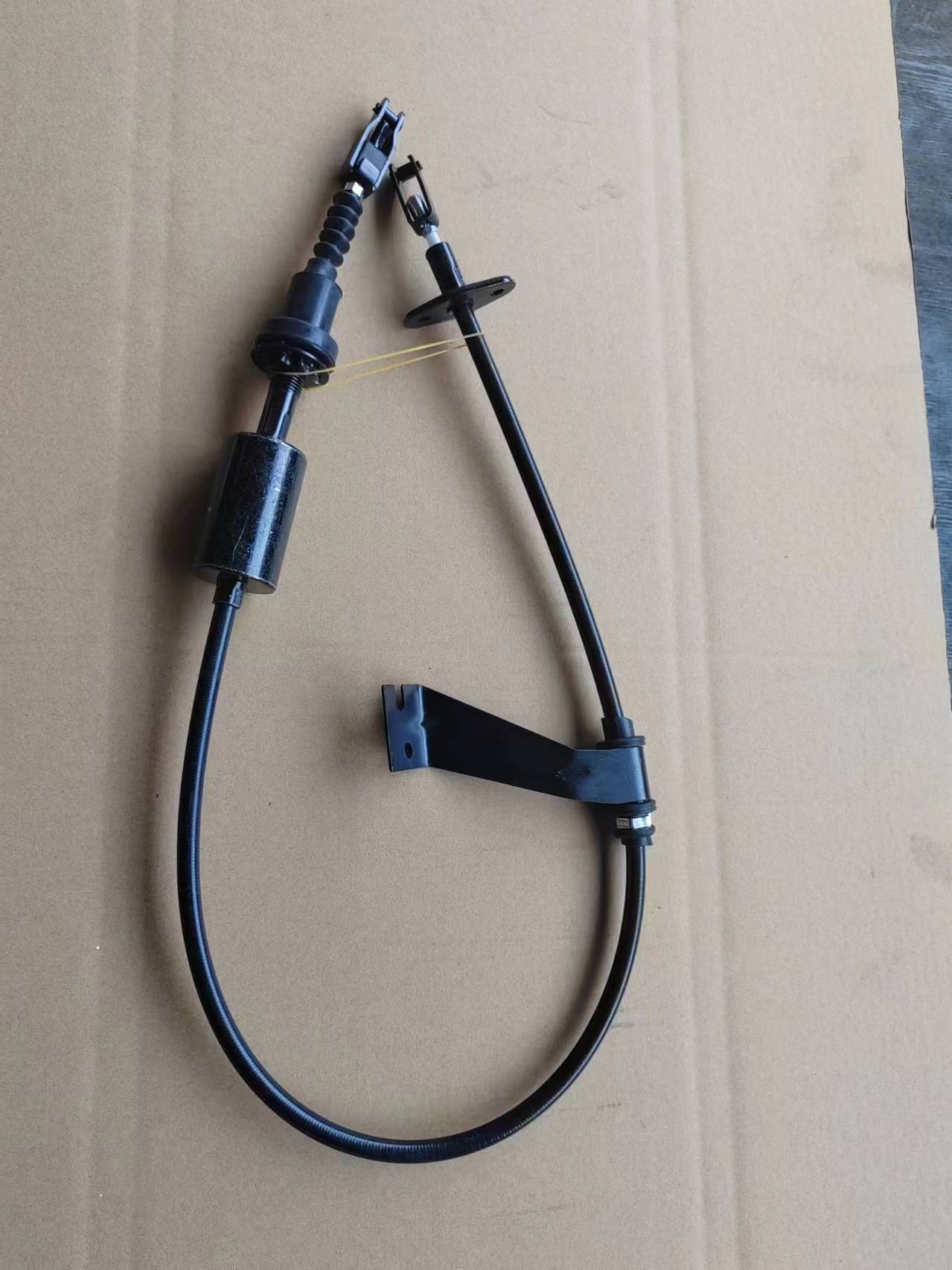throttle and clutch
Understanding Throttle and Clutch Core Components in Vehicle Dynamics
In the world of automobiles, the throttle and clutch are critical components that play integral roles in vehicle performance and driver control. Understanding their functions can greatly enhance a driver’s ability to operate a vehicle efficiently, whether it’s a manual transmission or an automatic system.
The throttle controls the engine’s power output. It determines how much air and fuel mix enters the engine, thereby influencing acceleration. In modern vehicles, this is often managed electronically through an electronic throttle control (ETC) system. When the driver presses the accelerator pedal, a signal is sent to the engine control unit (ECU), which adjusts the throttle opening to meet the driver’s demand. A well-functioning throttle ensures that the vehicle responds quickly and effectively to the driver’s input, providing a smooth acceleration experience.
On the other hand, the clutch is essential in vehicles with manual transmissions. It serves to connect and disconnect the engine from the drivetrain, allowing the driver to change gears without stalling the engine. When the clutch pedal is pressed, the clutch disengages, severing the connection between the engine and wheels. This enables the driver to shift gears seamlessly, crucial for control during acceleration, deceleration, and navigating various terrains. Mastering the clutch is vital for smooth driving, especially in stop-and-go traffic or steep inclines.
throttle and clutch

The interplay between the throttle and clutch is particularly notable during gear changes. When downshifting, for example, it’s important for the driver to manage the throttle and clutch simultaneously. Proper downshifting involves rev-matching, where the driver adjusts the engine speed using the throttle while disengaging the clutch. This technique ensures that the transition between gears is smooth, minimizing wear on the drivetrain and maintaining vehicle stability.
For drivers of automatic vehicles, the role of the throttle remains paramount, as the vehicle’s computer manages gear changes. However, having an understanding of throttle and clutch dynamics can improve reactions in situations such as emergency stops or rapid acceleration. Even in autos, the driver must still gauge the throttle application to prevent unwanted wheel spin or loss of control.
In conclusion, the throttle and clutch are fundamental to the driving experience, influencing acceleration and gear shifting. Whether driving a manual or automatic vehicle, understanding their functions allows drivers to optimize their control over the vehicle, enhancing both performance and safety. As technology evolves, the principles behind these components remain constant, underscoring their importance in the automotive world.
-
Workings of Clutch Pipe and Hose SystemsNewsJun.04,2025
-
The Inner Workings of Hand Brake Cable SystemsNewsJun.04,2025
-
The Secrets of Throttle and Accelerator CablesNewsJun.04,2025
-
The Hidden Lifeline of Your Transmission Gear Shift CablesNewsJun.04,2025
-
Demystifying Gear Cables and Shift LinkagesNewsJun.04,2025
-
Decoding Clutch Line Systems A Comprehensive GuideNewsJun.04,2025
